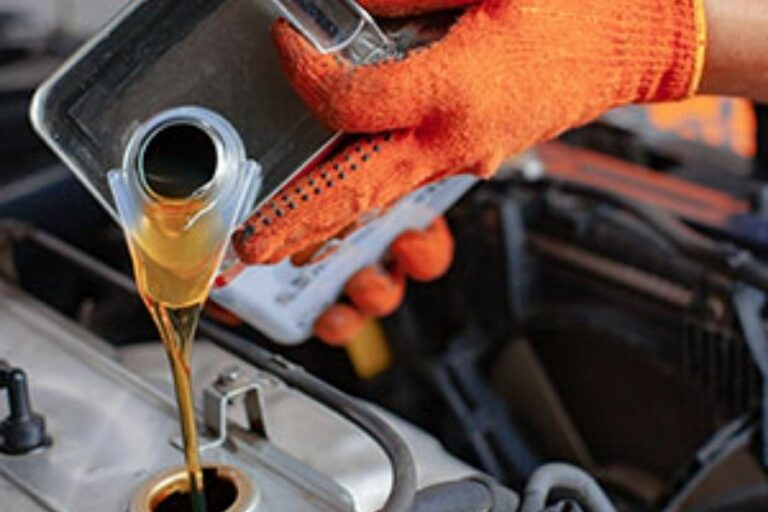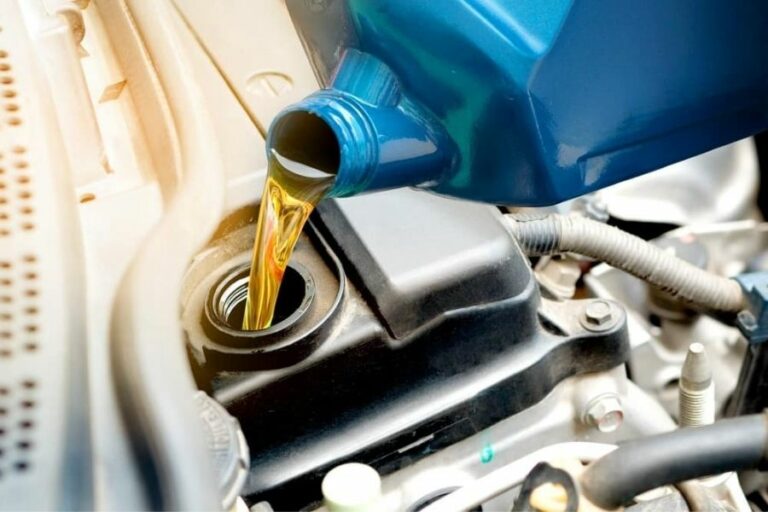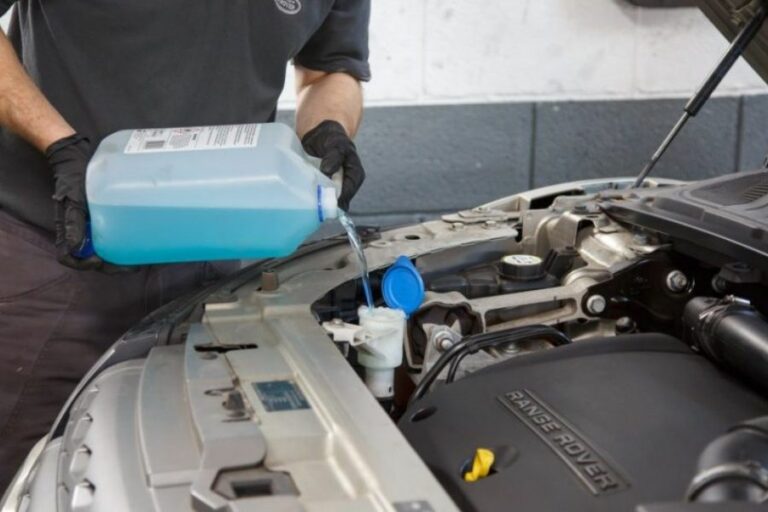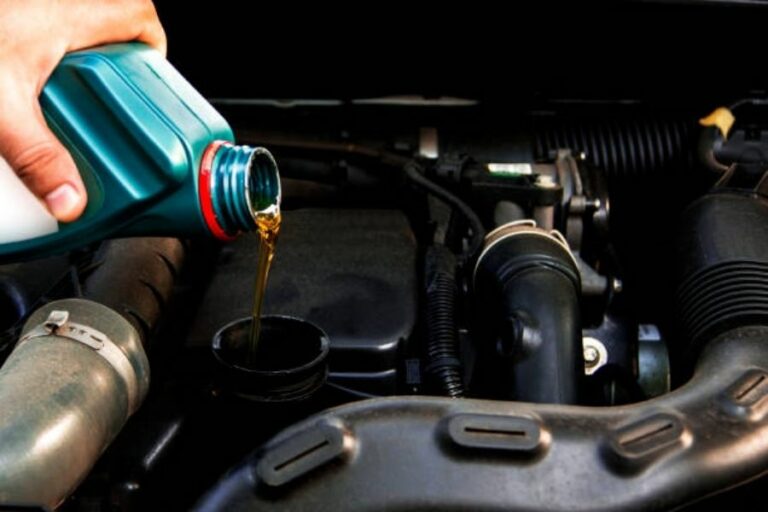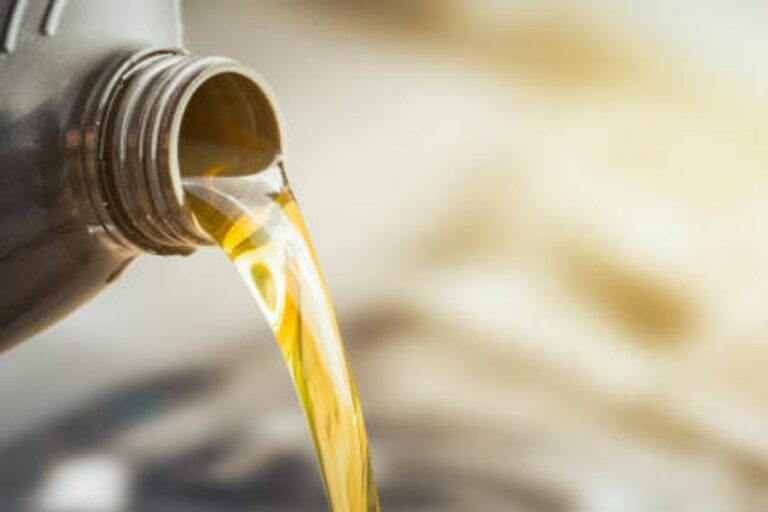Why is Pressure Coming Out Of the Oil Filler Cap? 5 Reasons
The function of the oil filter cap is to keep the fuel inside the engine. Hence, it is important to keep it safe and intact.
If you have been facing pressure from the filter cap lately, it could happen for multiple reasons. In this review, we will examine why pressure coming out of oil filler cap.
We will also look into the solutions and how you could solve them. Let us dive into both of them right now.
5 reasons why Pressure coming out of oil filler cap
Now we are going to discuss the 5 reasons that why air coming out of oil cap.
The Issue with the Crankcase Ventilation System
The crankcase is a component of the crankcase ventilation system, which draws out all the harmful fumes. Then, it provides the engine with fresh air.
When the pistons oscillate up and down, it creates pressure inside the piston. The pressure has to leak out somewhere for the engine to work successfully.
If the crankcase ventilation system is not working properly, it could cause unnecessary pressure to seep out of the engine. That might cause the pressure to come out of the oil filter cap.
Replacing it with a new one is also relatively easy. You will require a new crankcase breather before you start replacing it. Check your local automotive store to see if they have the same/ similar model.
Once you have that, try taking off the previous crankcase shaft. Before removing it, take a snapshot, as it will help you later. Then, proceed to install the new crankcase breather.
Read Also: Fram Oil Filter Ph3675 Vs Ph3506 – Compare And Buy
Clogged Air and Oil Separator
The function of this separator resonates with its name— it keeps the oil and air in check so that they do not mix.
A good ratio of oil and air is essential for the smooth working of the engine. However, the separator gets contaminated due to the oil over time. When this happens, the internal pressure ratio changes, which causes a disturbance in the ratio.
Once this happens, the excess pressure might try to seep its way out, and it might do it through the oil filter cap. Now, what can you do to fix this?
One of the easiest tricks you could try is to blow dry the filter. Blow drying would help eliminate the contaminated, clogged oil stuck on the filter. You will first need to take the filter out to do this stuff.
Using pressurized water is also permissible. It will help to clean the filter out and also help to wash it completely.
Bad Check Valve
A check valve’s task is to ensure that the movement of the fluids or gas flow in one direction. It works like the heart’s valves, preventing the backflow of fluid in our system.
If the valves get corrupted or clogged with some form of debris in the pipelines, it might prevent the forward flow. The blockage will further result in the backward flow of the gas.
The blockage might be one of the core reasons you are receiving pressure from your oil filler cap. Now, is there any way you can stop the pressure?
The answer is yes. Firstly, look into the pipelines and try to clean them out. Most of the time, cleaning the pipelines would suffice, as some form of debris or contaminated fluid is blocking the flow.
Try to lubricate them as well to ensure smooth operation. Even if all of these changes do not fix the problem, you should get your check valves replaced, as they might be faulty.
Read Also: Fuel Pump Not Priming – What’s The Likely Cause and Fix?
Damaged Oil Filler Cap
The oil filler cap’s task is to ensure that no oil comes from the oil tank. It also ensures that no other particles enter the oil tank. Therefore, when it is damaged, there is a high chance for the pressure to leak out.
Oil gets used by the engine for combustion to power up the vehicle. When the engine is in locomotive mode, pressure is constantly created inside the engine. A damaged oil filler cap might give the pressure a pathway to exit the system.
It might not seem that your filler cap is damaged, but a small hole could allow gas to leak out, creating constant pressure. Now, what can you do to fix the problem?
Head to your nearest automotive store and replace the oil filler cap with a new one. Before you head out, just remember the dimensions of the previous cap. You must ensure that the new oil filler cap does not have any leaks and fits perfectly into the car/ vehicle.
Worn-out Engine Piston Rings
Piston rings sit beneath the pistons. The rings are closely connected to the oil chamber as well. Therefore, if they are worn out or damaged, you might be experiencing pressure coming out of the oil cap.
When the piston in the engine moves, it constantly creates a pressure difference. With the worn-out rings, it would receive a pathway for the pressure to seep out of the engine and leak out, i.e. the oil filler cap.
What can you do to fix this issue as soon as possible? We would recommend you contact a mechanic/ professional for this. Go to your nearest garage and book an appointment with them. The professional should be able to handle the rest.
Read Also: Why Does Engine Oil Turn Black So Fast
Should there be Pressure when removing the oil filler cap?
There should be almost no pressure when removing the oil filler cap of a healthy engine. If you experience a lot of pressure when removing the oil filler cap, it could be a sign of a problem with the engine, such as:
- Piston ring blow-by
- Clogged PCV valve
- Breather hose blockage
FAQs About pressure coming out of oil filler cap.
We believe that you will be able to fix the issue by yourself. However, there might be some questions lingering in your mind. So, we have arranged an FAQ session to clarify your doubts further.
Is pressure coming out of the oil filler cap bad for the vehicle?
Yes. It makes the vehicle work inefficiently and in a way that is not supposed to work. If you constantly allow your vehicle to work like this, your vehicle’s other components will receive permanent damage in the future.
Will it be expensive to fix the pressure from the oil filler cap?
It would heavily depend on the source of your problem. If the pressure is coming out due to the oil cap, it would hardly cost 10 dollars. But, if the issue is with the piston rings, it would cost around 200 dollars, plus added cost for the professional.
How tight should your oil filler cap be?
The oil filler cap must be tightly screwed into the thread to secure it properly. Screwing it tightly into the thread ensures there is no way air or oil could leak out of the system.
However, do not screw it too tightly into the thread that it might hurt the thread’s lining, or you require the help of a wrench to open it.
Will your vehicle work or run without the oil filler cap?
You should try to avoid this situation as much as possible. If you do this, you will risk your vehicle’s constant danger. Debris or other particles might get into your oil chamber, or oil may leak out of the system.
Read Also: 91 Octane Vs 93: What’s The Difference?

